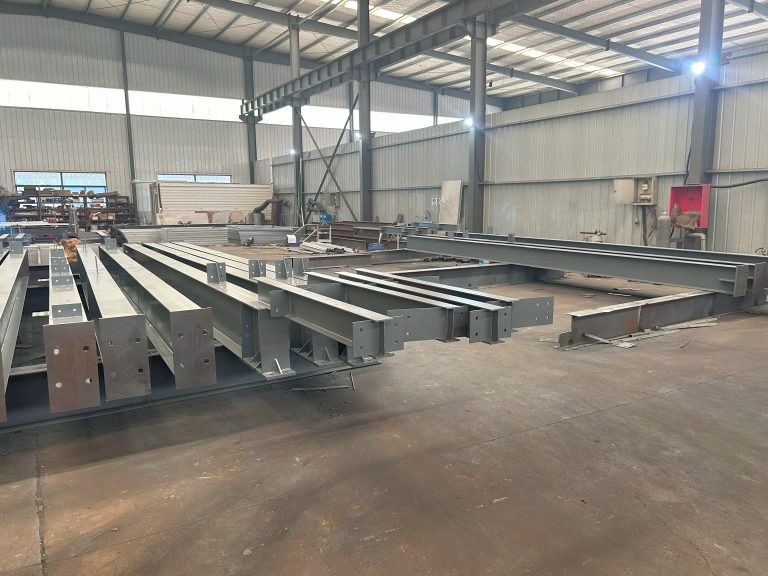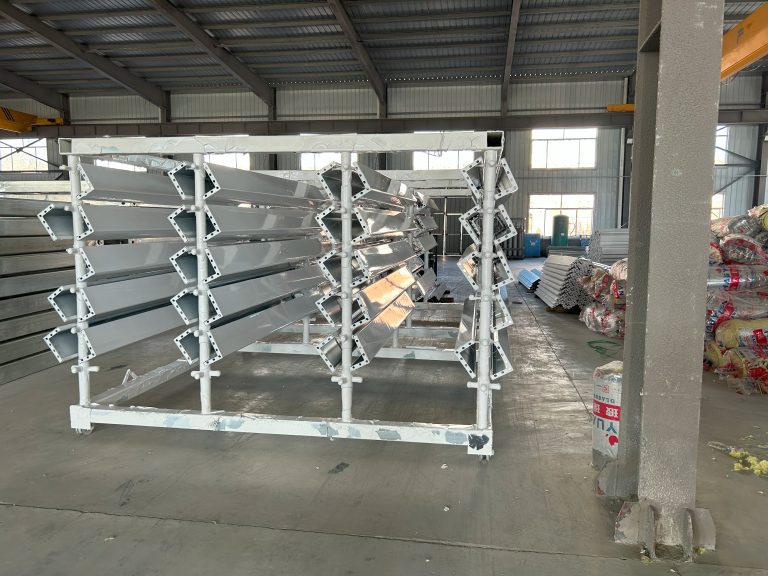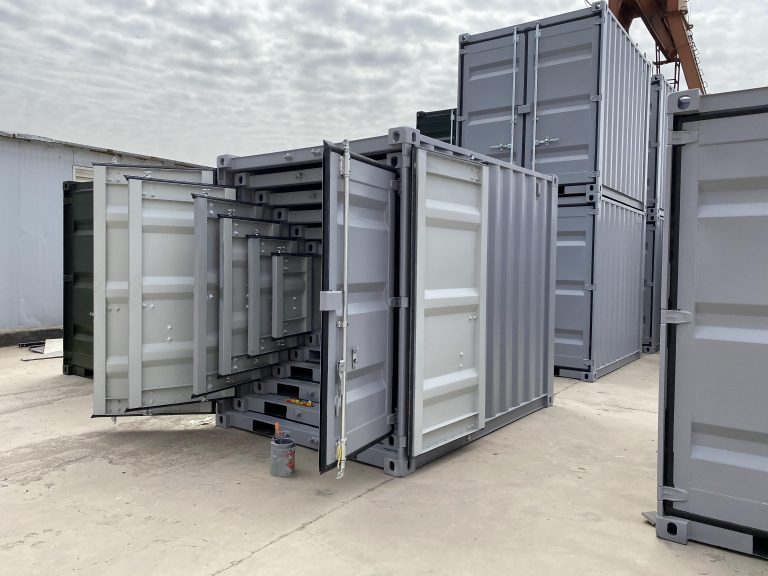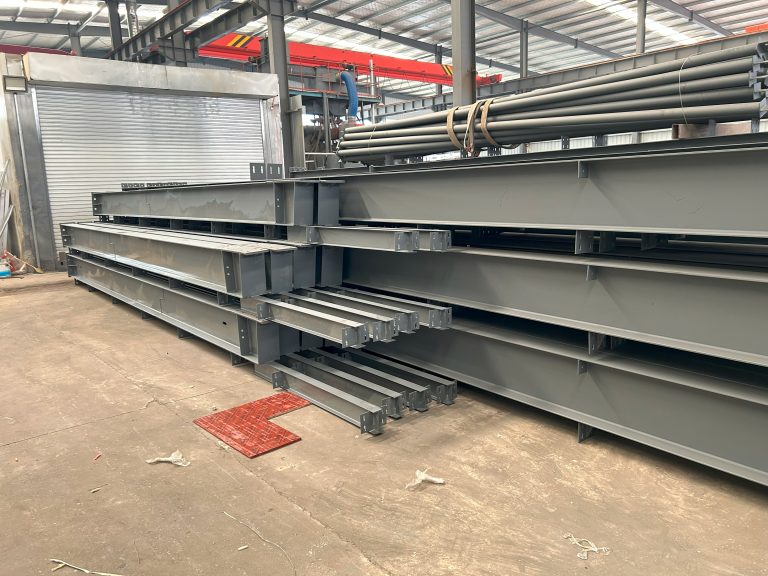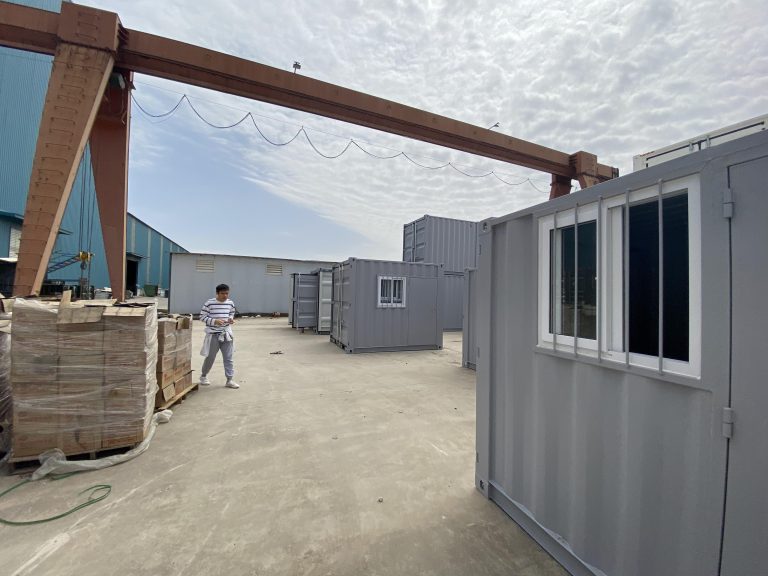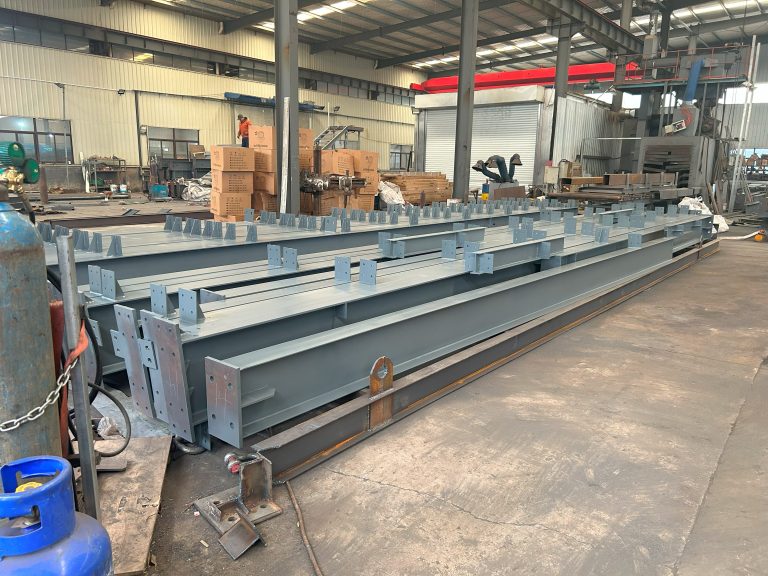Discussion on the method of building integrated energy utilization by integrating solar panels and steel frame
Benefits of Integrating Solar Panels with Steel Frame Structures
In recent years, there has been a growing interest in sustainable energy solutions as the world grapples with the challenges of climate change and environmental degradation. One innovative approach that has gained traction is the integration of solar panels with steel frame structures to create a building integrated energy utilization system. This method offers a range of benefits that make it an attractive option for both new construction projects and retrofitting existing buildings.
One of the key advantages of integrating solar panels with steel frame structures is the ability to maximize energy generation in a limited space. By incorporating solar panels into the design of a building, developers can harness the power of the sun to generate electricity without the need for additional land or rooftop space. This is particularly beneficial in urban areas where space is at a premium, allowing for the efficient use of available land for both energy production and building purposes.
Furthermore, the integration of solar panels with steel frame structures can help to reduce energy costs for building owners and occupants. By generating electricity on-site, buildings can offset their reliance on traditional grid power, leading to lower utility bills and increased energy independence. This can be especially advantageous for commercial and industrial buildings that have high energy demands, as solar energy can help to offset peak demand charges and reduce overall operating costs.

In addition to cost savings, integrating solar panels with steel frame structures can also enhance the sustainability and environmental performance of buildings. Solar energy is a clean and renewable source of power that produces no greenhouse gas emissions or air pollutants, making it a more environmentally friendly alternative to fossil fuels. By incorporating solar panels into building design, developers can reduce their carbon footprint and contribute to a more sustainable built environment.
Another benefit of integrating solar panels with steel frame structures is the potential for increased building resilience and durability. Steel frame structures are known for their strength and durability, making them well-suited to support the weight of solar panels and withstand harsh weather conditions. By combining these two technologies, developers can create buildings that are not only energy efficient but also more resilient to extreme weather events such as hurricanes, tornadoes, and earthquakes.
Furthermore, integrating solar panels with steel frame structures can enhance the aesthetic appeal of buildings and contribute to a more modern and sustainable architectural design. Solar panels can be seamlessly integrated into the facade or roof of a building, creating a sleek and streamlined appearance that complements the overall design aesthetic. This can help to attract tenants and customers who are increasingly looking for environmentally friendly and energy-efficient buildings.
In conclusion, the integration of solar panels with steel frame structures offers a range of benefits that make it a compelling option for developers and building owners. From maximizing energy generation and reducing costs to enhancing sustainability and resilience, this method provides a holistic approach to building integrated energy utilization. As the demand for sustainable building solutions continues to grow, integrating solar panels with steel frame structures is poised to play a key role in shaping the future of the built environment.

